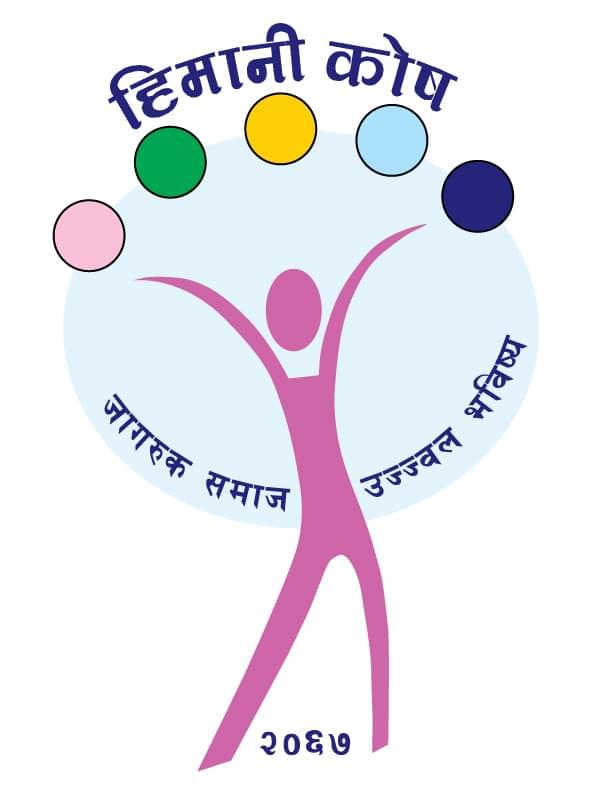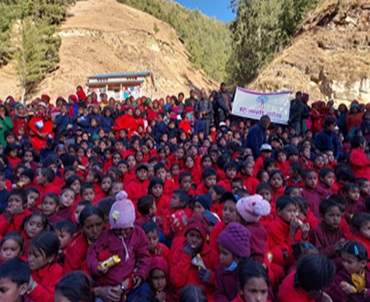Welcome to non profit charity platform
Himani Trust - A non profit organization
Nutritious Diet to Children
Nutritious Diet to Children
Himani Trust intends to produce food composition with locally produced raw materials from local grains that supplement the necessary nutrient for children and pregnant mothers.
Nepal’s regular grains, rice (Chamal), makai (maize), Fapar, kodo (Millet), Gahun (Wheat), and Jau (barley u), provide ample nutrition in daily diet.
Himani Trust will also train and invite partnership and promotion to women lead cooperative groups for production, distribution, training, and expansion of nutrient composition in different parts of Nepal. .jpeg)
Background:
Malnutrition has been an issue in our country, with high rates of children suffering from stunting and wasting. Several factors contribute to malnutrition in Nepal, including poverty, lack of access to nutritious food and healthcare, and cultural practices. Newborns, children, adolescents, and pregnant and breastfeeding mothers are at high risk of malnutrition and food insecurity.
According to a Nepal Public Health Survey in 2011, one in every 20 children dies before 12 months, and one in sixteen children dies before the age of 5 because of malnutrition. Most children with wasting are in the remote hills of the Midwest and Far West regions, considered the poorest areas nationwide, with severe acute malnutrition. The situation is worse in the southern belt bordering India. Acute respiratory infections and diarrhea, Nepal’s leading causes of death among children under age five are linked to acute malnutrition.
Despite a majority of rural children being malnourished, children are
equally consuming various market products poses serious health consequences. Malnutrition damages every system of the biological body by increasing vulnerability to illness increased complications in health, and eventually death. It reduces the immune system and makes the body vulnerable to diseases that can harm the human body.
Activities:
- List locally available grains, their nutritional values, composition, recipe, etc.
- Mapping of women-led cooperative groups
- Orientation on producing and distributing the locally made nutrient packs
- Establishment of a production plant
- Producing broacher and handbook
- National-level conference for networking among women-led cooperatives Produce and distribute along with training and expansion





